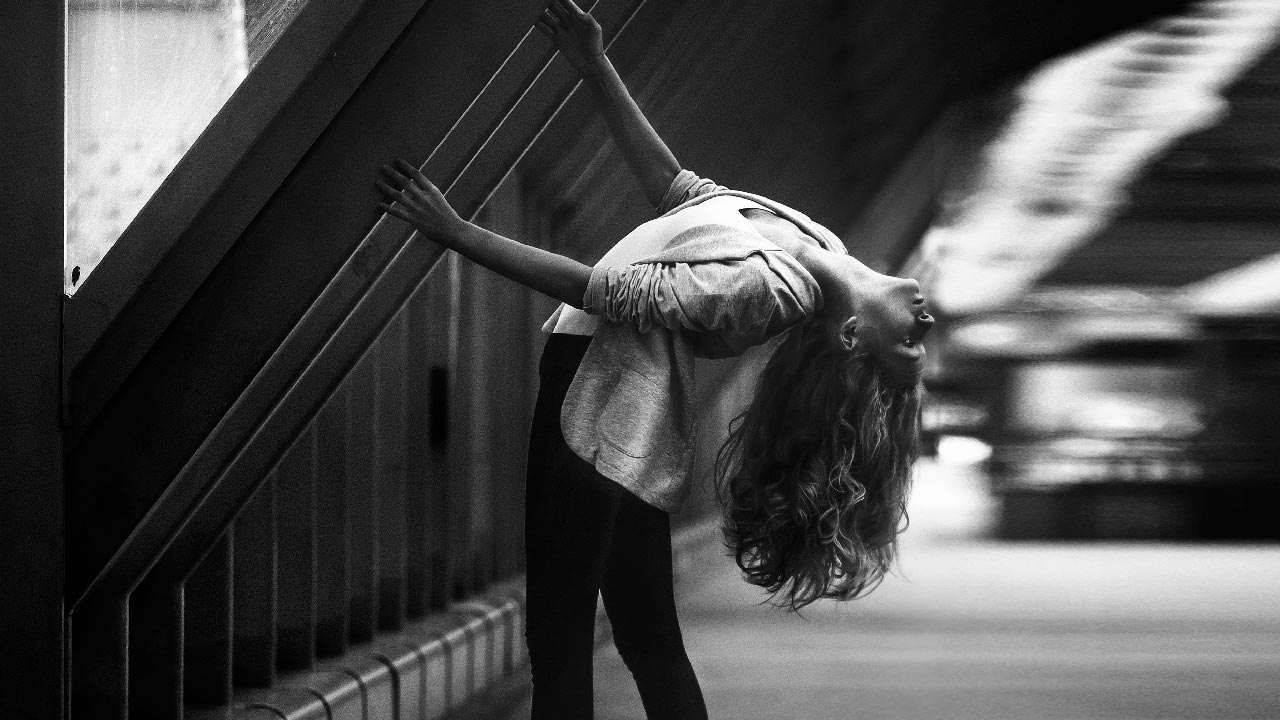The world may be a spectrum of vibrant colors, but there’s an undeniable allure to the simplicity of black and white. Monochrome photography, stripped of color, showcases a raw, emotional, and timeless quality. If you’re venturing into the world of grayscale, this Beginner Black And White Photography guide will ensure your photos echo the magic of monochrome.
1. The Beauty of Monochrome
Black and white photography is not merely an absence of color; it’s a different way of seeing and interpreting the world. By removing color distractions, you focus more on composition, texture, and contrasts. Shadows play a more pronounced role, and emotions often feel intensified.
2. Choosing Your Subject
While almost any scene can be rendered in black and white, certain subjects naturally lend themselves to monochrome:
- Portraits: The human face, with its contours and emotions, can be profoundly evocative without color.
- Landscapes: Think rugged mountains, textured sand dunes, or silhouetted trees at dusk.
- Architecture: The lines, shapes, and structures pop beautifully in monochrome.
3. Understanding Contrast
Monochrome thrives on contrast. Without color to define elements, you’ll rely on varying shades of grey. Look for scenes with distinct light and dark areas. Overcast days can often be your best friend, providing soft lighting that creates subtle contrasts.
4. Play with Texture and Patterns
Texture becomes strikingly noticeable in black and white. The roughness of a stone wall, the patterns of a leaf’s veins, or ripples in water can take center stage, making your photos more dynamic.
5. Opt for Manual Mode
Modern cameras come with a monochrome setting, but for greater control, shoot in color and convert in post-production. This allows you to adjust tones and contrasts more finely.
6. Filters are Your Friends
In the digital age, filters aren’t just physical. Software like Lightroom or Photoshop offers virtual filters. For instance, a red filter can darken the sky, making white clouds stand out.
7. Post-Processing: A Delicate Balance
While it’s tempting to go overboard with editing, subtlety is crucial. Adjust brightness, contrast, and shadows, but avoid making images too stark unless artistically intended.
8. Train Your Eye
With time, you’ll begin to visualize scenes in black and white even before pressing the shutter. Practice by observing your surroundings, noting how light interacts with objects and how textures vary.
9. Stay Inspired
Study classic black and white photographs. Artists like Ansel Adams and Henri Cartier-Bresson can provide a wealth of inspiration. Understand their techniques and compositions, and then find your unique style.
Conclusion:
Embracing black and white photography is like rediscovering the world in a new light. The nuances of monochrome can evoke emotions and tell stories in ways color sometimes can’t. As you embark on your monochromatic journey, remember that every shade of grey tells a story – it’s up to you to capture and narrate it beautifully.
Want to read more? Take a look at my day to day routine this article: The Life Of A Photographer

1 thought on “A Beginner’s Guide to Black and White Photography (2023)”